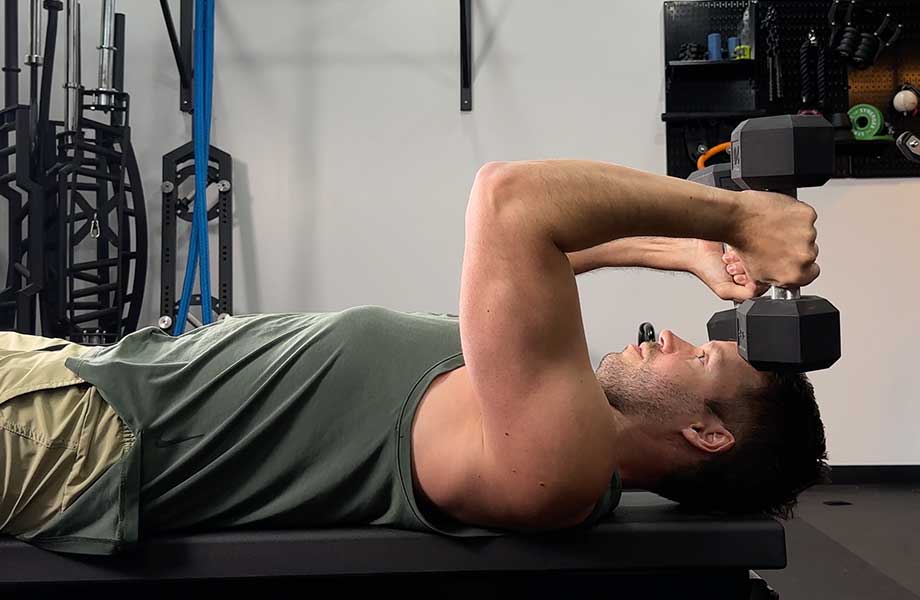We test and review fitness products based on an independent, multi-point methodology. If you use our links to purchase something, we may earn a commission. Read our disclosures.
Ready to reduce your workout time but not your gains?
Limiting your rest times between sets by adding supersets is one way to do this. For those who are unfamiliar with the term superset workout, you pick two or more exercises, do them one immediately after another, and then rest (as opposed to resting after each exercise).
I’ve been using supersets in my workout routine for many years, helping to save time without affecting my fitness goals. Not only this, but decreasing your rest period can increase musculoskeletal, cardiorespiratory, and physiological adaptations for both men and women1.
Today, I’ll go through four different types of superset workouts, the benefits of exercising in this way, and then go through examples of common muscle groups to superset. I’ll then finish off with a full-body superset workout for you to try.
RELATED: 75 Fitness Tips to Crush Your Goals
What Is a Superset?
A superset is when you do two or more exercises one after the other with minimal rest in between. You then take a rest after the superset is done. You can either choose a specific muscle group and target it with a superset, or choose a combination of muscle groups to activate. The choice is yours. Below are four different types of supersets:
Tri-Sets
You know what they say—good things come in threes. A tri-set is when you choose three different exercises and perform them back-to-back. Once done, you take a rest before you do another round. If you’ve ever done any form of circuit training, you’ll be familiar with this style of training.
I like doing tri-sets when I’m limited on time and can easily change the equipment for my needs. The exercises I do would usually be isolation exercises rather than compound exercises. For example, if I’m on the cable machine, I can do straight-arm pulldowns, cable bicep curls, and face pulls on my back-and-biceps day.
Giant Sets
Why stop at three when you can have more? A giant set is similar to a tri-set but with four or more exercises in a row. As you can imagine, giant sets are fairly intense and not for the faint-hearted. I wouldn’t recommend doing giant sets all of the time, but they’re great on occasions to add some variety to your workouts.
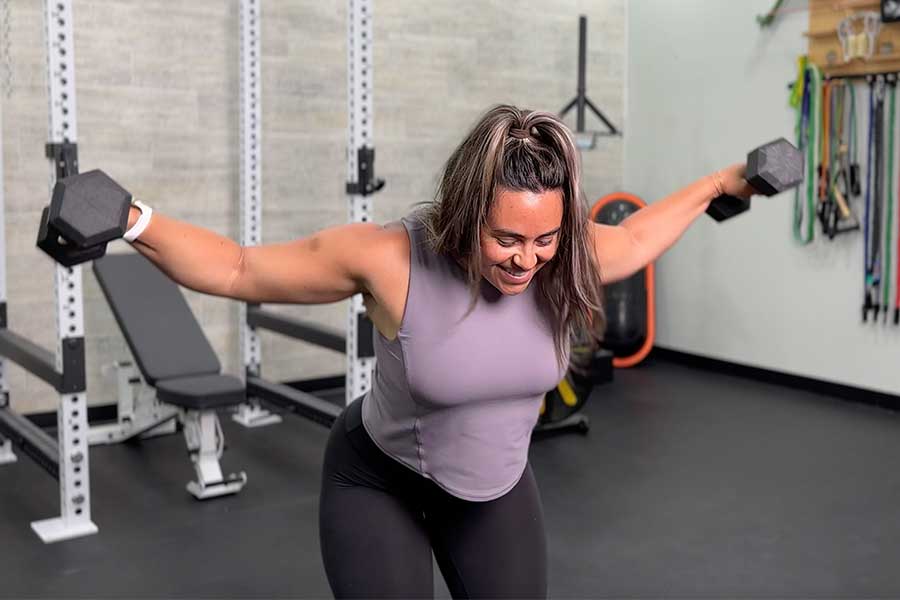
Agonist Supersets
An agonist superset is when you choose two exercises that target the same muscle group, as opposed to two separate muscle groups (you’ll see more on this below). If you have a weaker part of the body that you’d like to focus on, you can crank up the intensity with agonist supersets.
On chest day, you can do a barbell bench press with dumbbell flyes. For the hamstrings, you may use supersets to alternate between leg curls and Romanian deadlifts. To work your delts, the first exercise may be a dumbbell shoulder press, and the second exercise is a lateral raise on the cable machine. Everything else is the same—do both exercises back-to-back, then rest.
Antagonist Supersets
Antagonist supersets are similar to agonist supersets, but instead of targeting the same muscle group, you target opposing muscle groups. The benefit of weight training in this way is that the muscle that isn’t being targeted gets to recover when the opposing muscle is working. This isn’t the case with agonist supersets.
Some examples include dumbbell bench presses and bodyweight pull-ups, leg extensions and leg curls, or hammer curls and tricep extensions.
Benefits of Superset Workouts
There are tons of benefits of superset workouts. Below are the three most important ones:
Saves Time
The main benefit is that doing supersets saves time. Let’s say you do 20 sets every workout session and you rest for 90 seconds after each set. In total, you’ll be resting for 30 minutes every time (sounds a lot, doesn’t it?).
Now, let’s assume that you still do 20 sets but you utilize supersets instead. The total rest time is now half at only 15 minutes. For people who live busy lifestyles or those who really don’t like resistance training, supersets can be extremely useful.
Adds Variety
Supersets can add variety to your workout program. If you have a lot of time and feel strong, you can do bodybuilding exercises and not even think about supersets. On the other hand, if you want to add a bit of spice to your training, you can use superset workouts. You can even start off with a heavy compound exercise or two, and then use supersets later for your isolation exercises. It doesn’t have to be all or nothing.
Increased Volume
If your goal is muscle growth, then instead of using supersets to save time, you can use them to increase your total workout volume. “I’m a fan of supersets because I can get more work done than I previously used to do in the same amount of time,” says Amanda Capritto, certified personal trainer and GGR senior staff writer. “This way, I can recruit more muscle fibers when I’m short on time.”
Although studies show that volume may not have any differential effects on measures of upper-body muscular endurance, it does lead to increases in muscle hypertrophy2.
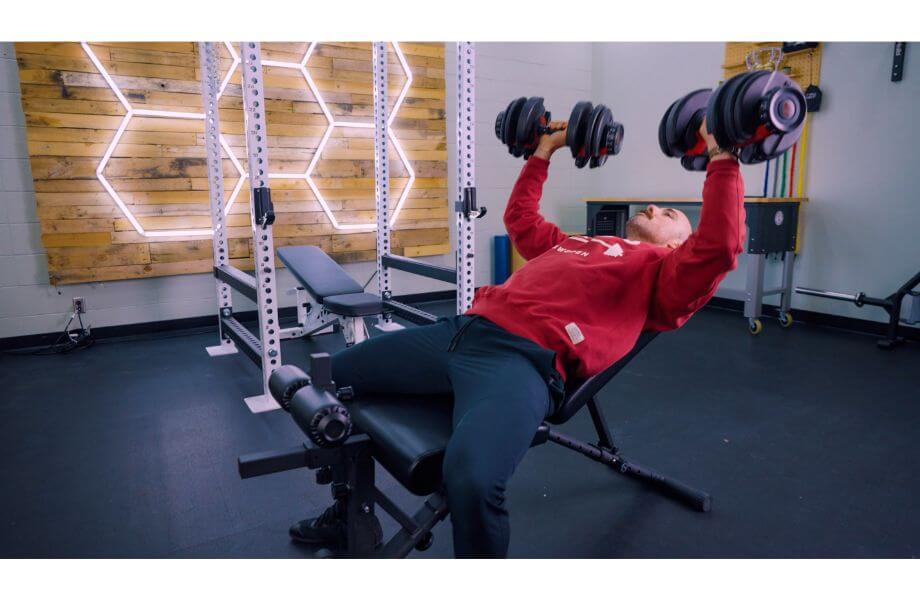
Common Muscles to Superset
Now that you know the four different types of superset workouts and the benefits of doing them, you’re probably thinking, “What muscles should I superset?” See below:
Superset 1: Back and Chest
Our chest and back workout guide covers this in more detail, but these two muscle groups are commonly paired together. Choose any chest exercise, for example, an incline barbell bench press or a push-up, and pair it with a row exercise or a pull-up. Alternatively, you can start with a back exercise and do the chest exercise second.
The great thing about this pairing is that because they’re antagonistic, you’re able to lift heavy on both muscle groups. It can also lead to increased muscle growth because you can work the back and chest muscles more than once per week, resulting in more overall volume.
Superset 2: Quads and Hamstrings
You can train your lower body in less time by pairing the quads and hamstrings together. For example, leg press with barbell Romanian deadlift, lunges with leg curls, or barbell squat with hip thrust.
Again, the quads and hamstrings are opposing muscle groups, so you’re able to lift heavy on each one. While one is working, the other is resting. For most people, leg day can be the longest session of the week so you can reduce the time significantly by using supersets. And for those with chicken legs, well, now you have no excuse to increase volume and pile on some serious muscle mass.
RELATED: The Best Leg Day Exercises
Superset 3: Back and Biceps
This one is slightly different from the two supersets above. Although the back and biceps are two separate muscle groups, they’re not opposing. You use your biceps in many back exercises, which is why they’re commonly paired together (chest and triceps are a similar pairing that you’ve probably done in the past).
There are pros and cons to this, of course. You won’t be able to lift as heavy on bicep exercises if you’re activating the biceps during your heavy back exercises. But, you don’t really need to. Your biceps will be on fire already so you can get away with fewer sets and reps.
RELATED: The Best Back Exercises
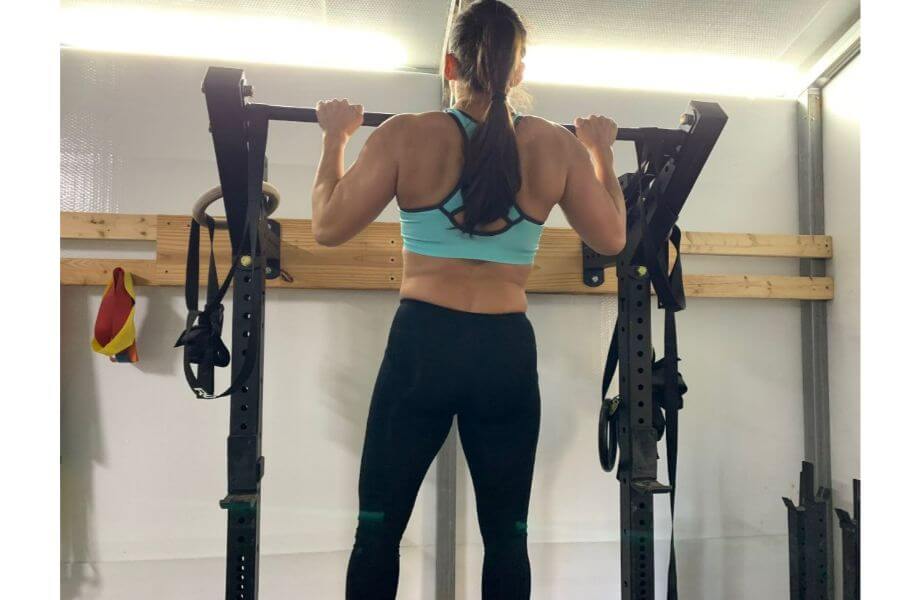
Superset 4: Chest and, Well, Chest
Yes, you read this right. Another common way of utilizing supersets is not to pair two different muscle groups together but to do two exercises for the same muscle group (agonist supersets as you saw above).
Let’s say you decide that your chest is lacking and you want to increase your volume and take it to failure. Instead of longer duration sessions, the answer could be supersets. You do an incline barbell bench press and immediately go into a push-up. Or you do a dumbbell bench press and superset it with a cable chest fly. The options are endless, but one thing is for sure—you’ll get a real pump in no time at all.
Note: I’d suggest doing the compound or more difficult exercise first, then doing the easier or isolation exercise. The technical term for this is post-exhaustion (as opposed to pre-exhaustion where you would do the isolation exercise first). This is just what works for me, however, and it’s worth trying both to see which one you prefer.
Full-Body Superset Workout
Like the idea of supersets and want to get a full-body workout using supersets only? Don’t worry, I have you covered:
Superset 1: Barbell squat (4 sets of 6 reps) with dumbbell Romanian deadlift (4 sets of 10 reps)
Superset 2: Pull-up (3 sets of 6 reps) with dumbbell chest press (3 sets of 10 reps)
Superset 3: Overhead press (3 sets of 8 reps) with seated cable row (3 sets of 12 reps)
Superset 4 (optional): Cable bicep curl (2 sets of 15 reps) with cable tricep pushdown (2 sets of 15 reps)
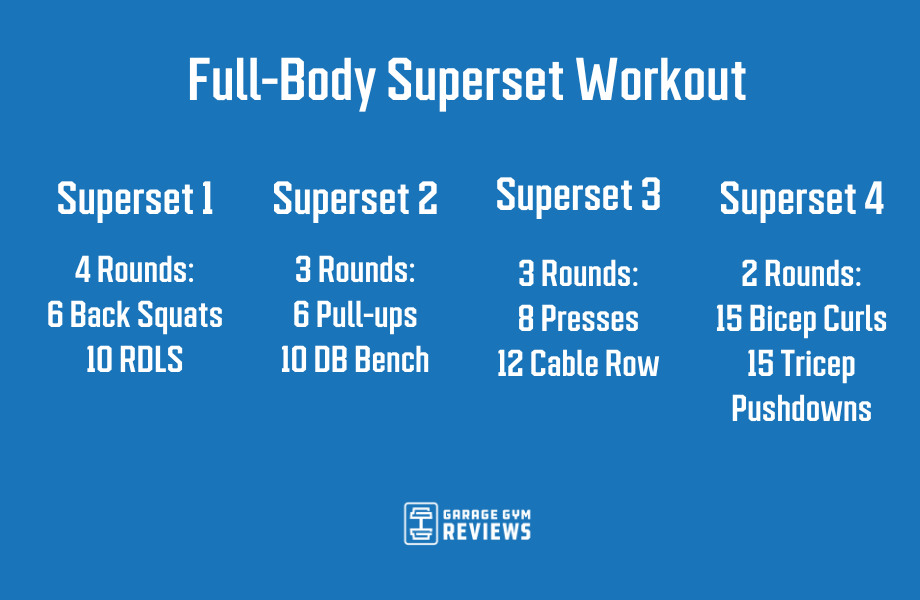
I’d recommend doing this workout three times a week, ideally with a rest day in between. After each superset, rest for between 60 and 120 seconds.
You probably want to add some cardio and some core work at the end, but otherwise, this full-body superset workout covers all of the major muscle groups. Depending on whether you’re a beginner or a more advanced lifter, it should take between 30 and 60 minutes to complete.
It’s worth noting that if you do this or another full-body superset workout often, you may require additional recovery post-training to minimize the effects of fatigue3. Perhaps you can keep superset workouts handy for when you’re really limited on time, or consider alternating between full-body superset workouts and traditional workouts.
Superset Workouts: FAQ
What workouts should you superset?
In reality, you can superset nearly every workout you like. However, some common muscles to superset are the back and chest, quadriceps and hamstrings, back and biceps, biceps and triceps, and more. Another popular superset is pairing a compound exercise with a core exercise, for example, a barbell squat with a dead bug, or a barbell row with a lower back extension.
You don’t need separate or opposing muscle groups to activate when doing supersets. Agonist supersets are when you do two exercises for the same muscle group. You could pair an overhead press with a dumbbell lateral raise for the shoulders.
Do supersets burn fat?
If you’re in a calorie deficit, then supersets may be a good tool to burn fat or for weight loss. This is because you burn calories when doing any form of strength training. By doing supersets, you may find that you’re able to get more reps and sets done in a similar amount of time when compared to traditional resistance training. Diet is key, however, and doing supersets isn’t just going to magically burn fat.
Can supersets build muscle?
You can definitely build muscle using supersets. Some people may find that they enjoy working out more when using supersets because of the shorter workout times. Supersets can also add variety to your workouts, keeping them interesting. If you are going to use supersets to build muscle, it’s important to consider exercise order and place the most important one first4. Usually, this means the compound exercise or the more difficult exercise out of the two.
References
- Realzola RA, Mang ZA, Millender DJ, Beam JR, Bellovary BN, Wells AD, Houck JM, Kravitz L. Metabolic Profile of Reciprocal Supersets in Young, Recreationally Active Women and Men. J Strength Cond Res. 2022 Oct 1;36(10):2709-2716. doi: 10.1519/JSC.0000000000003920. Epub 2021 Apr 27. PMID: 33927111.
- Schoenfeld BJ, Contreras B, Krieger J, Grgic J, Delcastillo K, Belliard R, Alto A. Resistance Training Volume Enhances Muscle Hypertrophy but Not Strength in Trained Men. Med Sci Sports Exerc. 2019 Jan;51(1):94-103. doi: 10.1249/MSS.0000000000001764. PMID: 30153194; PMCID: PMC6303131.
- Weakley JJS, Till K, Read DB, Roe GAB, Darrall-Jones J, Phibbs PJ, Jones B. The effects of traditional, superset, and tri-set resistance training structures on perceived intensity and physiological responses. Eur J Appl Physiol. 2017 Sep;117(9):1877-1889. doi: 10.1007/s00421-017-3680-3. Epub 2017 Jul 11. PMID: 28698987; PMCID: PMC5556132.
- Gentil P, Oliveira E, de Araújo Rocha Júnior V, do Carmo J, Bottaro M. Effects of exercise order on upper-body muscle activation and exercise performance. J Strength Cond Res. 2007 Nov;21(4):1082-6. doi: 10.1519/R-21216.1. PMID: 18076251.
Further reading

Indoor cycling training can be beneficial for everyone from beginners to advanced cyclists. Get more out of your bike workouts with expert tips from a CPT. Read more

Optimum Nutrition creatine is one of the least expensive options. But is it good? Find out in our Optimum Nutrition creatine review. Read more

Is this the best budget-friendly bike on the market? Find out in our Horizon 7.0 IC Indoor Cycle Review! Read more

Are these walking shoes the key to pain-free feet? Find out what our tester thought in this Kuru Quantum 2.0 review! Read more

